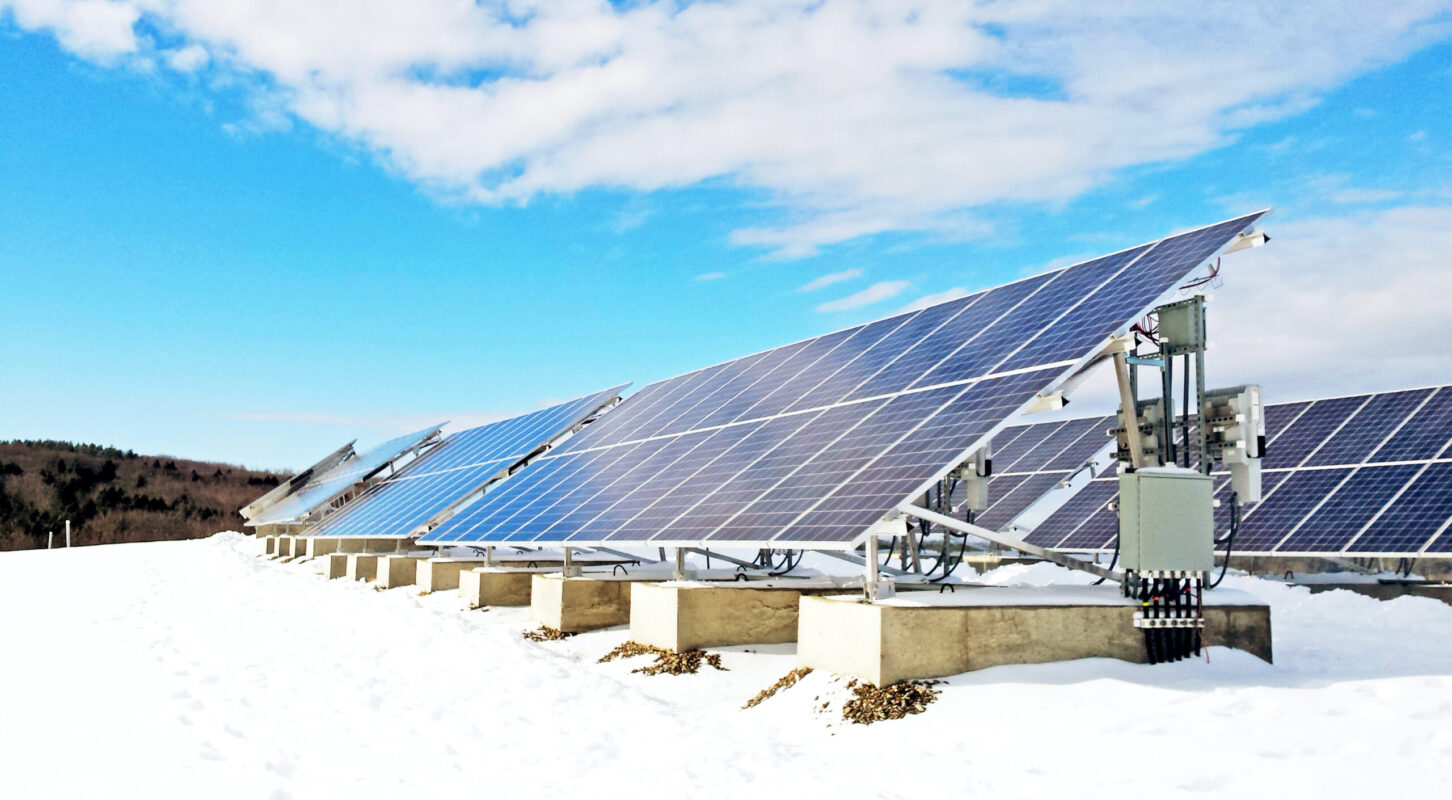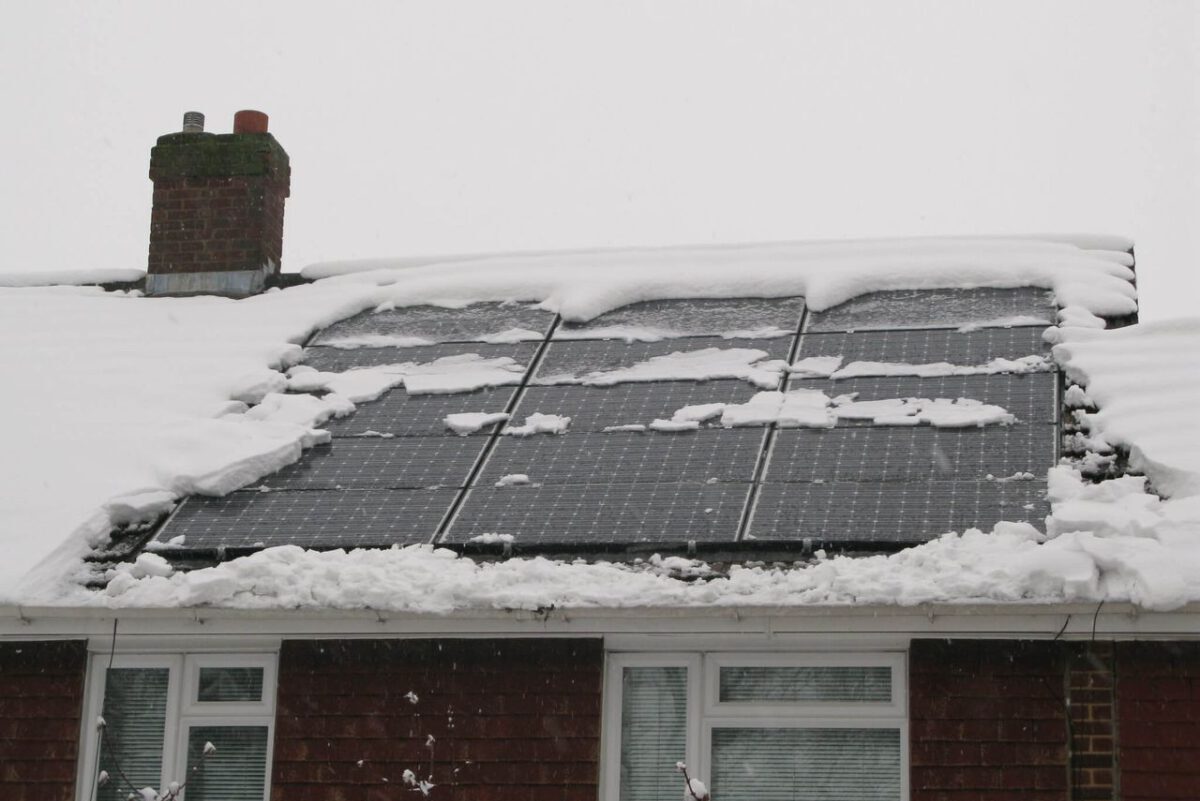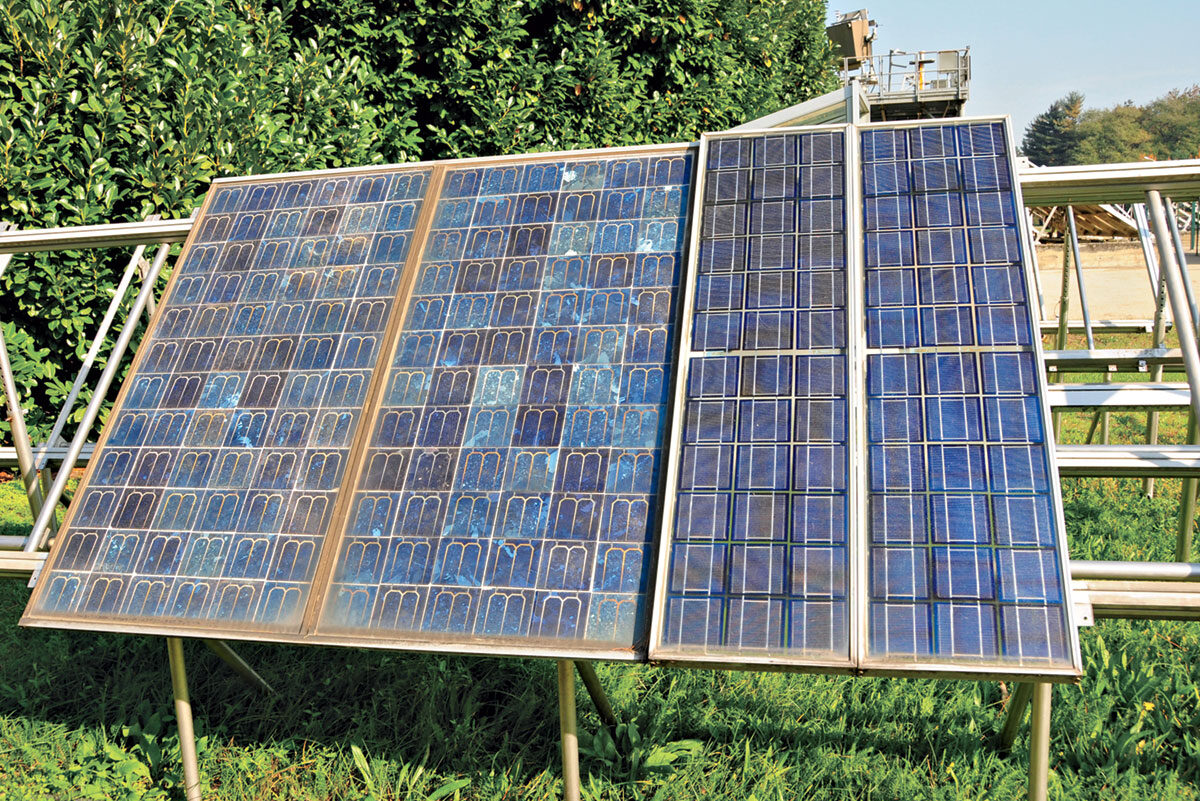Guide on How You Can Design an Off-Grid Solar System to Withstand Harsh Weather Elements
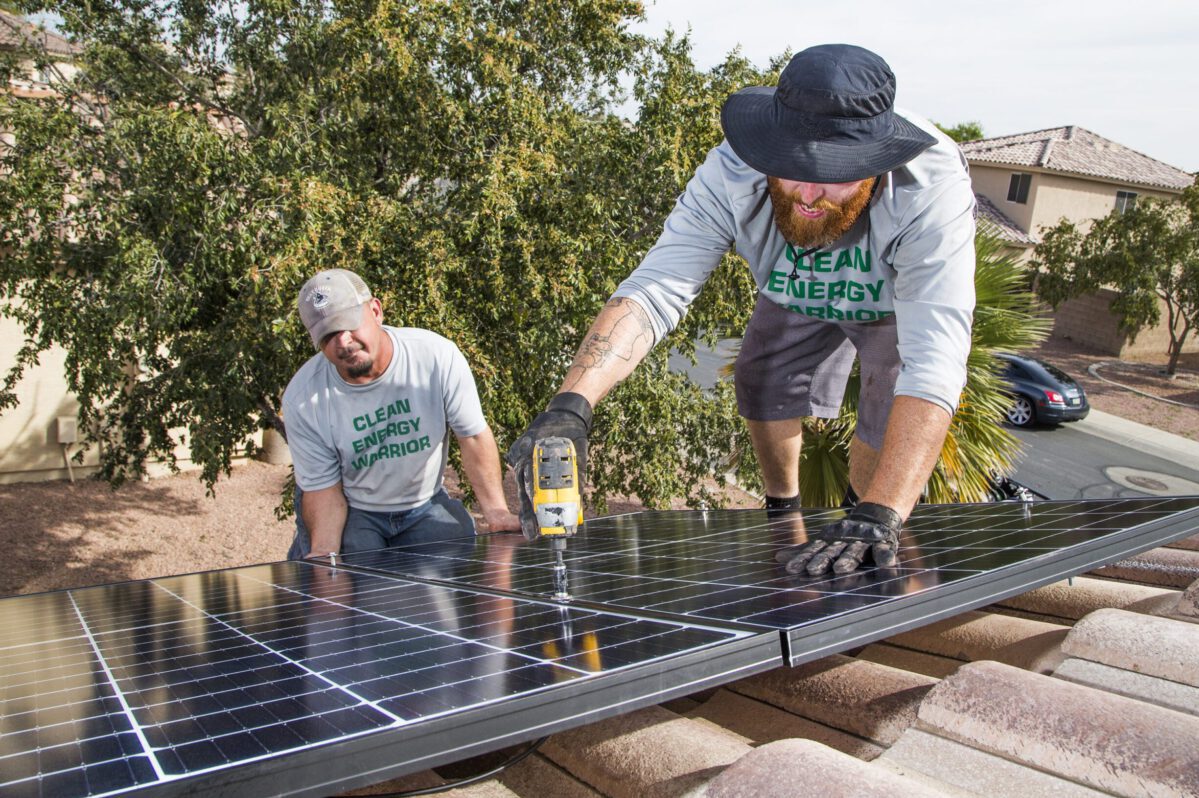
Of the available solar panel systems, the off-grid system is the most installed in the United States. Off-grid systems work by sending power to the grid. However, they shut down once the grid goes down to ensure it remains safe, irrespective of whether the system has an included battery storage.
If you are using an on-grid system, you will need to find an alternative solution if the grid goes down due to harsh weather. Should your system go down, you will need backup power to stay warm, heat water, and light up your house. Luckily, off-grid solar can be designed to withstand extreme conditions. Let us see the application of off-grid solar for:
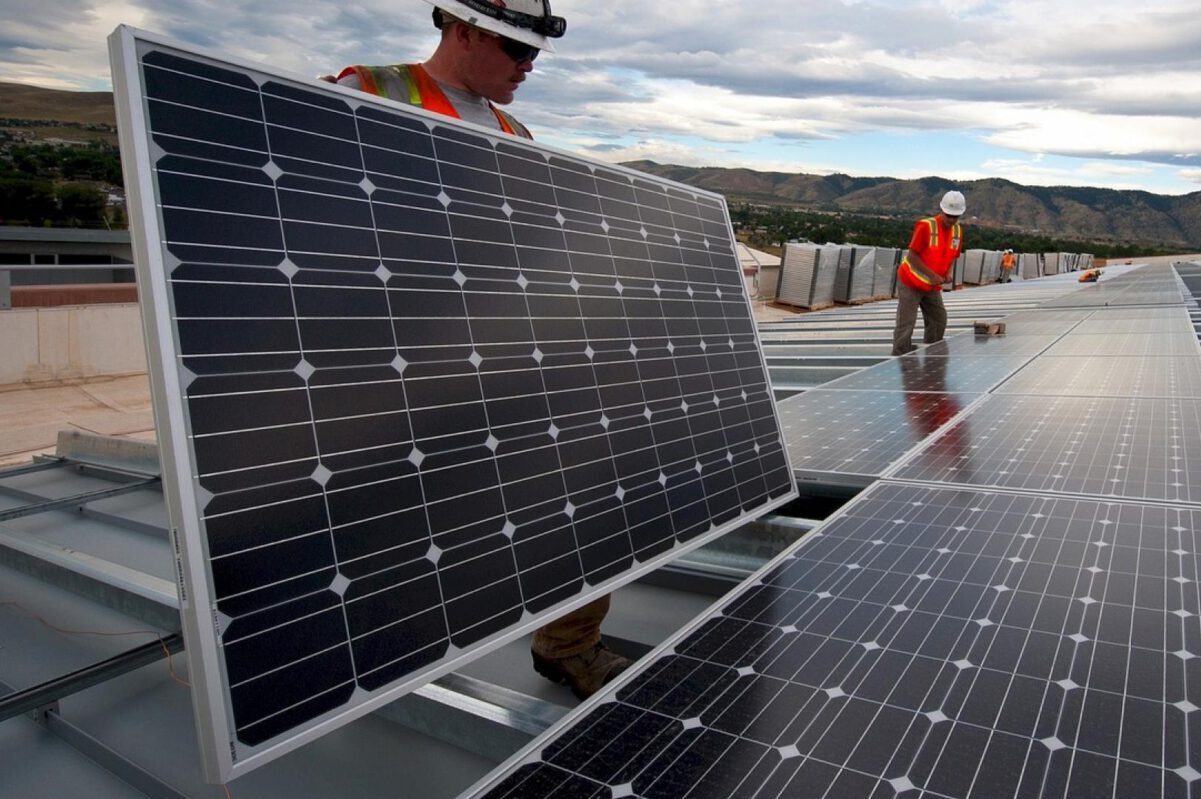
1. Home Use
When people hear about “off-grid” solar, they assume it is a system used in forest cabins and other remote areas. Although these systems are common in areas without electricity access, being off-grid means the energy derived from the solar system doesn’t flow backward. That is, once the power originates from the panel, it is stored elsewhere.
2. Heating Water
Solar systems are also used to heat water. They are an excellent alternative for electric water heaters, which consume a significant proportion of the energy bill. An off-grid water heater has a simple and basic design.
It contains an inverter that delivers energy from the solar panel to the water heater’s heating element. A PV water heating system is more advantageous compared to a thermal solar. It is clean, cost-effective, simple, and clean. Also, it does not need constant maintenance.
3. Electrification
You can rely on an off-grid system for electrification should the power in your house run out. For example, you can use an off-grid inverter alongside some solar panels to power a hot plate and warm food instead of firewood. In addition, you can have a solar battery which can either be charged by grid power or solar power in case of a blackout.
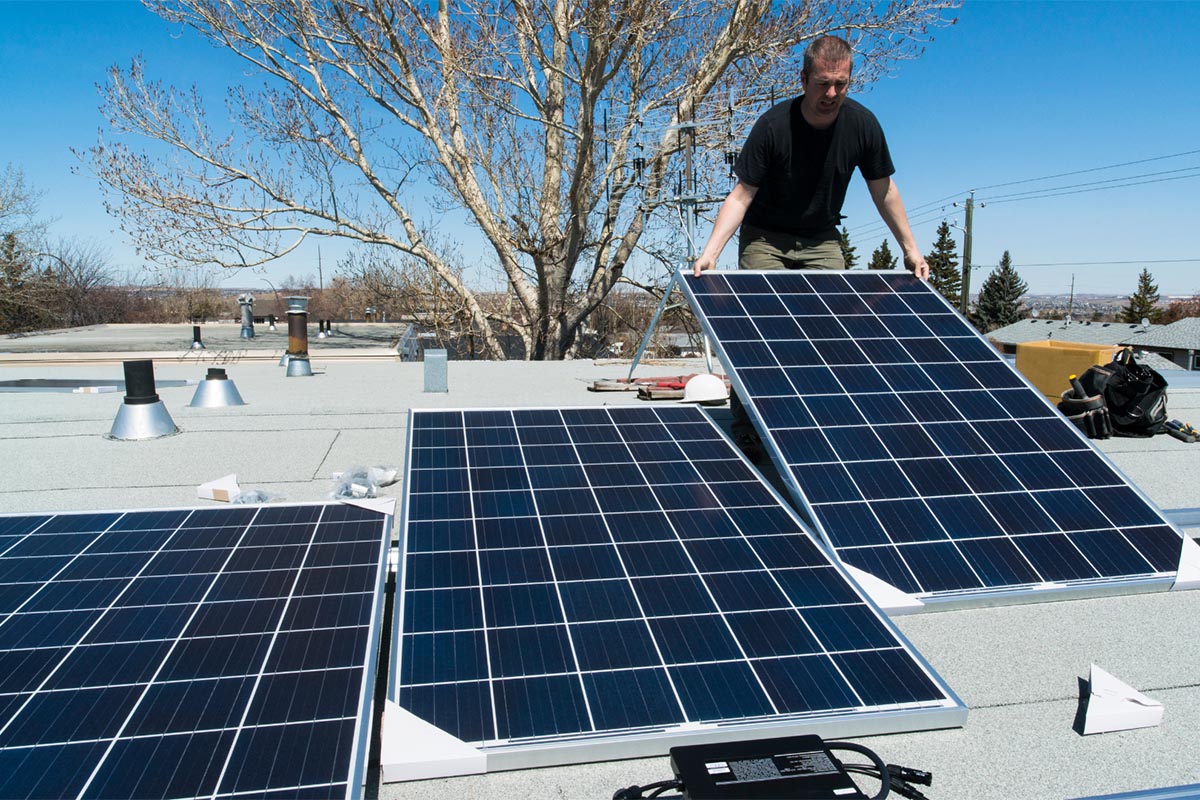
Key Design Points
| DESIGN | WHY |
| Ignore full house backup | It is costly. You can rely on a 1kw or 2KW system when the power runs out since LED lights, computers, and T.V.s barely consume power. |
| Use either a battery enabled or a battery-less system | A small battery can be an essential source of power should the grid go down. You can go for a batteryless P.V. heating system as it uses an A.C. inverter; no battery will be needed. |
| Remove significant loads from the grid | The two top power-consuming appliances in a home are air conditioning and electric water heating. Running these loads using solar power will help reduce electricity bills. |
| Install a large A.C. to handle heavy loads | You can rely on a 240V A.C. system and connect it to a 30 A circuit for heavy loads like E.V. charging, central air conditioning, and pool pumps |

